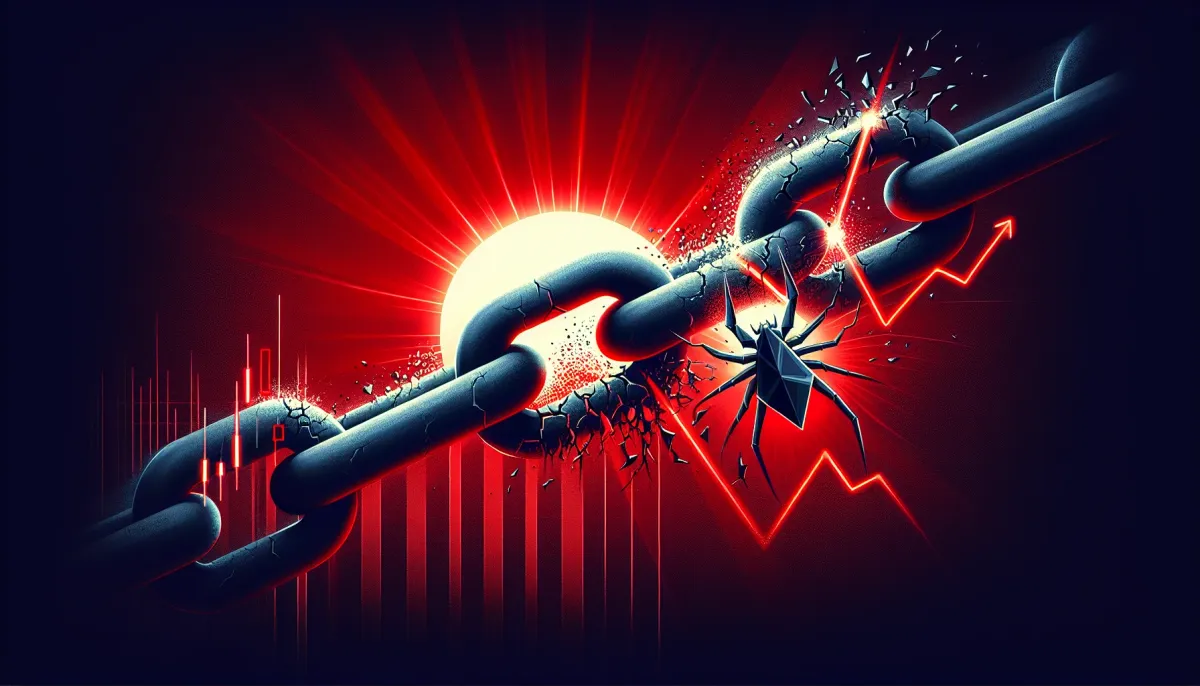Today, the Layer-1 blockchain Sui faced a two-hour outage. This interruption stopped block production and made transaction processing impossible. As a result, SUI's price dipped slightly, falling from $3.73 to $3.64.
Initially, there were concerns about a bigger drop. However, the price stabilized after the project announced that the network was fully restored and back online.
At around 10:52 UTC, the web3 security firm ExVull revealed that a Denial-of-Service (DoS) bug caused the outage. A DoS attack overwhelms a system with excessive traffic, making it unavailable to legitimate users. It can crash or slow down the system significantly.
ExVul stated, “After our analysis, we found that the Sui Network node experienced a DoS due to integer overflow.”
Following this news, several exchanges paused SUI transactions, leading to the price dip. But nearly two hours later, the project updated its community, sharing that validators helped resolve the issue.
The announcement read, “The Sui network is back up and processing transactions again, thanks to the swift work of our amazing community of Sui validators. The two-hour downtime was caused by a bug in transaction scheduling logic that led to validator crashes, which has now been fixed.”
Meanwhile, data from Messari showed that, despite the outage, the Sharpe ratio for SUI remained positive. The Sharpe ratio is a key measure of risk-adjusted return. It tells investors how much extra return an investment generates compared to its volatility.
A positive Sharpe ratio indicates that the returns of SUI are worth the risk. So, accumulating SUI at its current price could still lead to positive returns.
On the daily chart, SUI continues to trade within an ascending channel. This pattern shows two parallel upward lines, indicating an ongoing uptrend as the price makes higher highs and higher lows. Additionally, the Chaikin Money Flow (CMF) has increased, suggesting that buying pressure is outpacing selling.
If this trend continues, SUI's price could rise above $4. However, if another outage occurs, that might not happen. In that case, the price could drop below $3.

